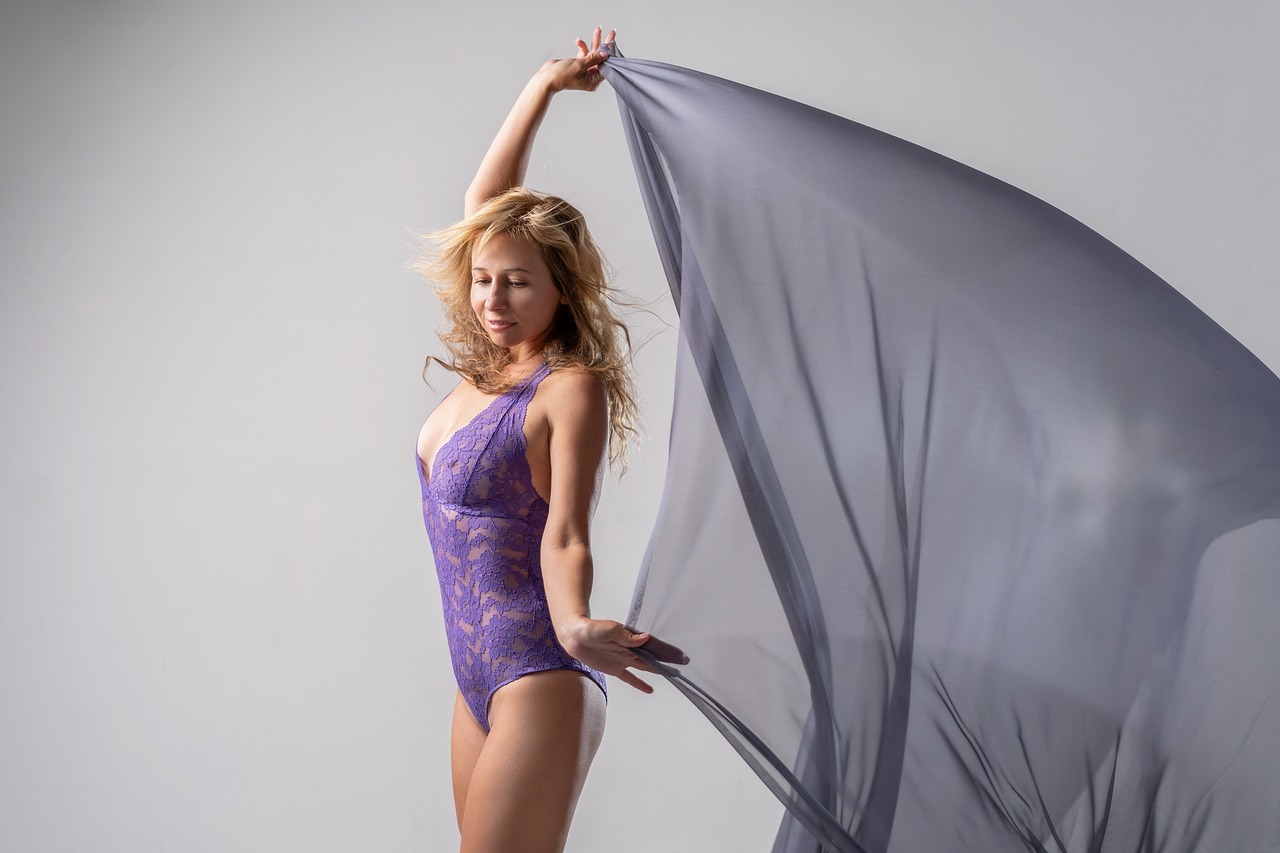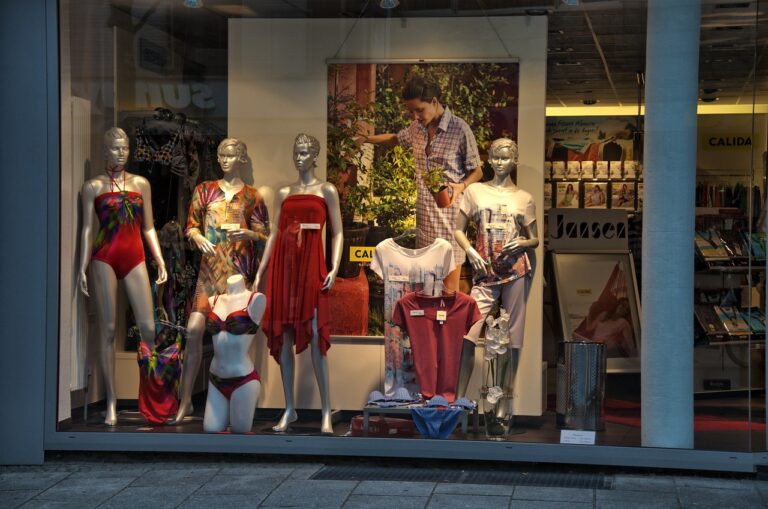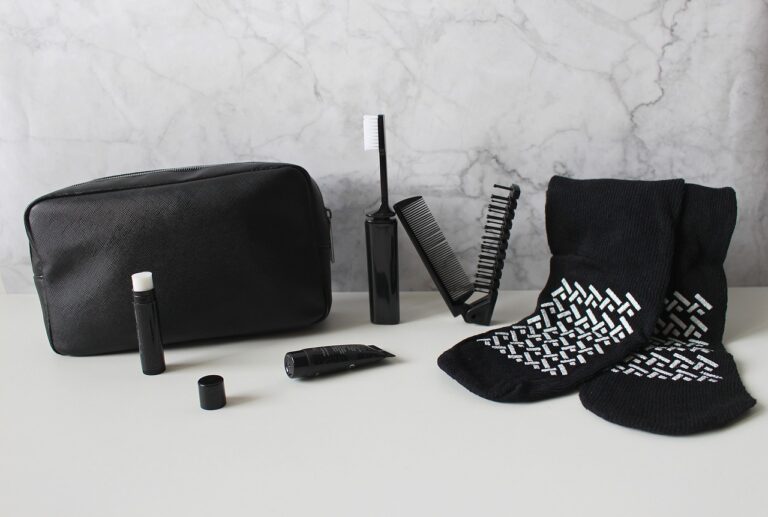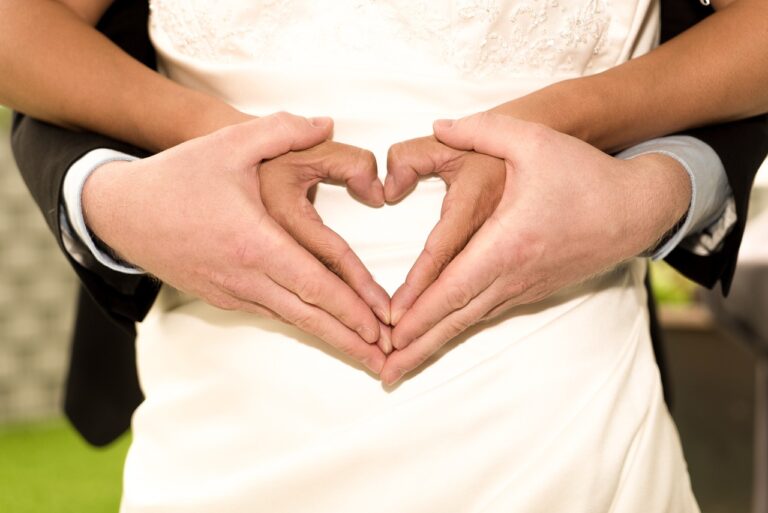Fashion and Drag Fashion: The Influence of Drag Culture on Mainstream Style
Drag culture has a rich history that dates back to the early 20th century, with roots in the LGBTQ+ community. What initially started as performances in underground clubs and bars has now evolved into a mainstream phenomenon that has captured the attention of people worldwide. Drag culture has become a platform for self-expression, creativity, and pushing boundaries when it comes to gender norms and identity.
Over the years, drag has transcended beyond just entertainment and has become a powerful tool for social commentary and activism. Drag queens and kings use their platform to advocate for LGBTQ+ rights, highlight issues of discrimination, and challenge societal norms. Through their performances and personas, they showcase the complexities of gender identity and the fluidity of expression, sparking important conversations about acceptance and inclusivity.
• Drag culture has a rich history rooted in the LGBTQ+ community
• Started as performances in underground clubs and bars
• Now evolved into a mainstream phenomenon worldwide
Drag culture has always been about pushing boundaries and challenging societal norms. It provides a space for individuals to explore different facets of their identity and express themselves freely without fear of judgment or discrimination. Through extravagant costumes, makeup, and performances, drag artists are able to create larger-than-life personas that captivate audiences and spark important conversations about gender, sexuality, and acceptance.
In recent years, drag culture has gained even more visibility thanks to popular television shows like RuPaul’s Drag Race. These platforms have helped bring drag into the mainstream spotlight and introduce it to a wider audience. As a result, drag queens and kings have become influential figures who inspire others to embrace their authentic selves unapologetically.
• Drag culture pushes boundaries and challenges societal norms
• Provides space for self-expression without fear of judgment
• Popular TV shows like RuPaul’s Drag Race have increased visibility
Impact of Drag Queens on Runway Fashion
Drag queens have long been pushing the boundaries of fashion with their bold and unapologetic looks. Their extravagant costumes and exaggerated makeup have captivated audiences and designers alike, inspiring them to think outside the conventional norms of beauty and style. This influence can be seen on the runway, where designers are increasingly incorporating elements of drag culture into their collections.
The impact of drag queens on runway fashion goes beyond just aesthetics; it challenges traditional notions of gender and beauty, opening up a dialogue about inclusivity and acceptance in the fashion industry. By celebrating individuality and self-expression, drag queens have paved the way for a more diverse and inclusive fashion landscape, where people of all genders and identities can feel represented and empowered.
Gender Fluidity in Fashion
Gender fluidity in fashion has become a prominent theme in recent years, challenging traditional norms and embracing a more inclusive approach to personal expression. Designers are increasingly blurring the lines between traditional masculine and feminine styles, creating a more diverse and dynamic clothing landscape. This shift towards gender-neutral fashion promotes self-expression and freedom in how individuals choose to present themselves.
Fashion shows and campaigns now feature models of varying gender identities, breaking away from the conventional binary approach to fashion. This increased visibility of gender fluid individuals in the industry not only reflects changing societal attitudes but also fosters acceptance and celebration of diversity within the fashion world. By embracing gender fluidity in fashion, designers are pushing boundaries and opening up avenues for more inclusive and authentic representations of beauty and style.
What is gender fluidity in fashion?
Gender fluidity in fashion refers to the breaking down of traditional gender norms and boundaries in clothing and style choices. It allows individuals to express themselves freely regardless of their gender identity.
How has drag culture influenced fashion?
Drag culture has had a significant impact on the fashion industry by challenging conventional ideas of gender and beauty. Drag queens and kings often push the boundaries of fashion, inspiring designers and influencing runway trends.
How has gender fluidity evolved in the fashion industry?
Gender fluidity has evolved in the fashion industry by becoming more widely accepted and celebrated. Designers are incorporating diverse representations of gender in their collections, and there is a growing acceptance of non-binary and transgender models on the runway.
Why is it important for fashion to embrace gender fluidity?
Embracing gender fluidity in fashion is important because it promotes inclusivity and diversity. By breaking away from traditional gender norms, the industry can create a more accepting and empowering environment for individuals of all gender identities.







